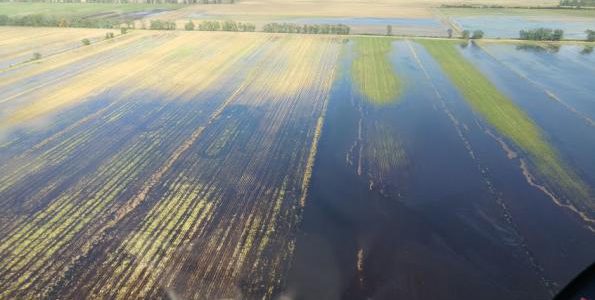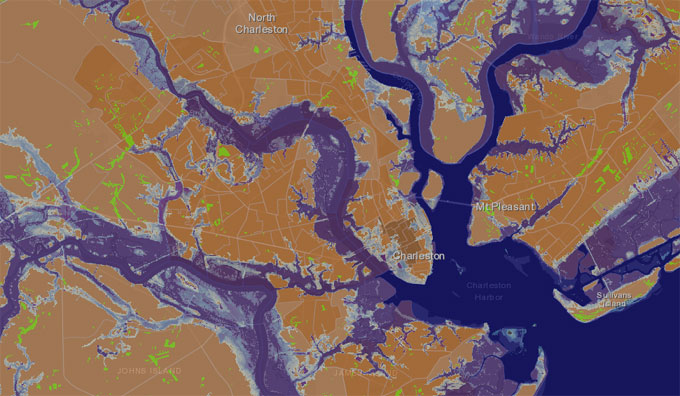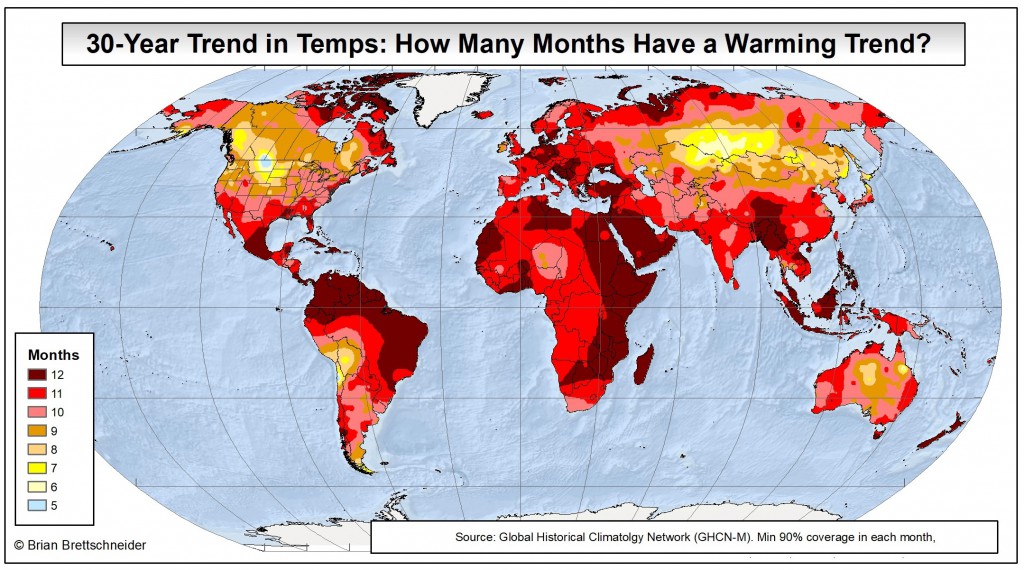Climate and Ag in the news
-

According to a recent study published in Eos, researchers mining data from the National Lightning Detection Network found a 32% decrease in lightning counts across the Lower 48 states in May and June 2020 compared with previous years. The researchers are not sure why this decrease was so high but suggest it may be linked…
-

This week the Proceedings of the National Academy of Sciences published a new paper which provided a series of maps describing how climate may shift in future decades. This gives a series of snapshots of how the climate region that is most suitable for humans and agriculture will shift as the climate gets warmer. You…
-

Earlier this summer in mid-August, Hurricane Laura deepened rapidly just before it came onshore in western Louisiana. In some ways it behaved quite a bit like Hurricane Michael did in 2018 when it hit Mexico Beach FL and crossed Georgia, causing a lot of agricultural damage. This time it was Louisiana and Arkansas that saw…
-

While the tropical season rolls on and the rain from the remains of TS Beta are moving through parts of the Southeast today, extension agents and farmers are still assessing the damage from powerful storm Sally, which dropped up to 30 inches of rain in some locations and blasted coastal areas with hours of 100…
-

With a La Nina advisory in effect, that means we can expect to see several months of La Nina conditions across the Southeast, although the strength of the signal will depend on how strong and how long the La Nina is. Here is a good general discussion on the likely climate effects from Kirk Mellish…
-

The Charleston Post and Courier has been running a series of informative stories about how sea level rise is affecting their city. Their impacts are similar to what other coastal cities can expect to experience over the next few decades, some sooner than others. There are links in these stories to other related articles–check them…
-

Brian Brettschneider (@climatologist49) posted a map on Twitter today which shows how many months of the year have seen a trend towards warmer temperatures for long-term historical weather stations over the last 30 years. The map is based on 2,844 stations in the GHCN-M database. Of those, only 17 stations had fewer than 6 months…